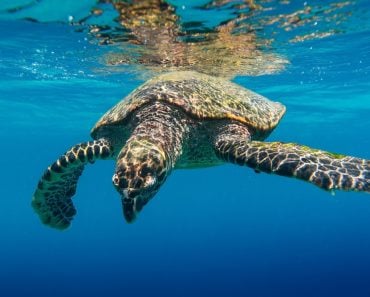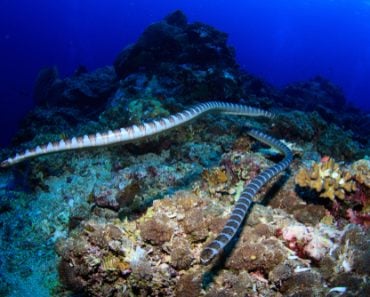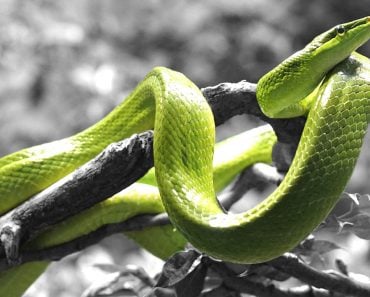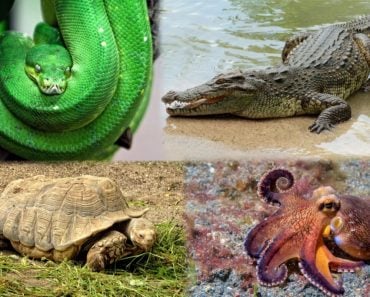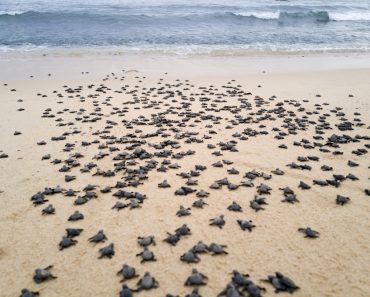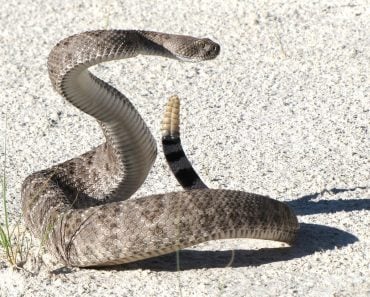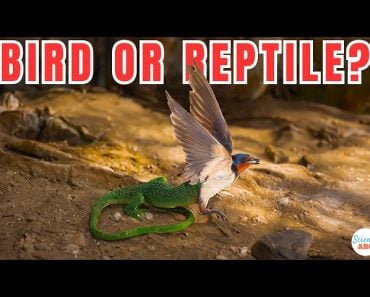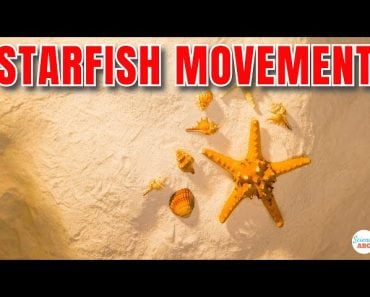Considering the fact that the shell of tortoises and turtles literally make up their skeleton, fusing their exoskeleton to their ribs and spine, it’s impossible to separate it from their bodies.
Can you think of a tortoise or a turtle without thinking about its shell? Probably not. Closer inspection will have you contemplating its shape and beautiful patterns as well.
Have you ever wondered if these animals can live without their “homes”?
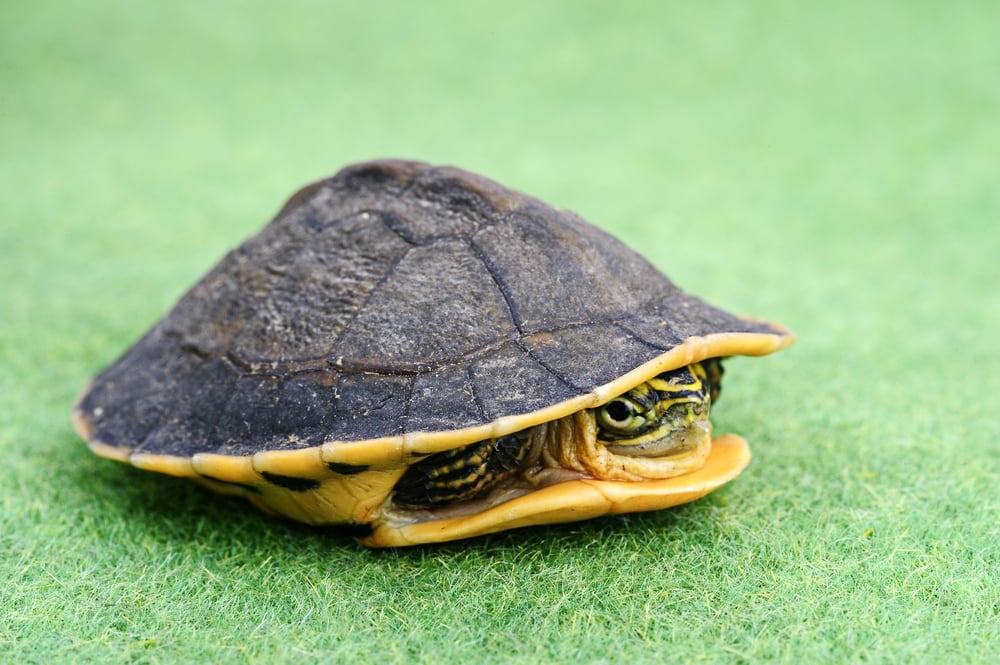
Recommended Video for you:
Shell, A Suit Of Armor
For turtles and tortoises, their shell is all they need for protection. In fact, they’re completely dependent on it for survival. Most land-dwelling tortoises will sport a big, bone-hard, high-arched shell that offers them protection from weather, as well as predators that want to snag a bite. On the contrary, turtles, who spend most of their lives at sea, will have a slick, less-rounded shell, which can help them swim in a smooth, streamlined fashion.
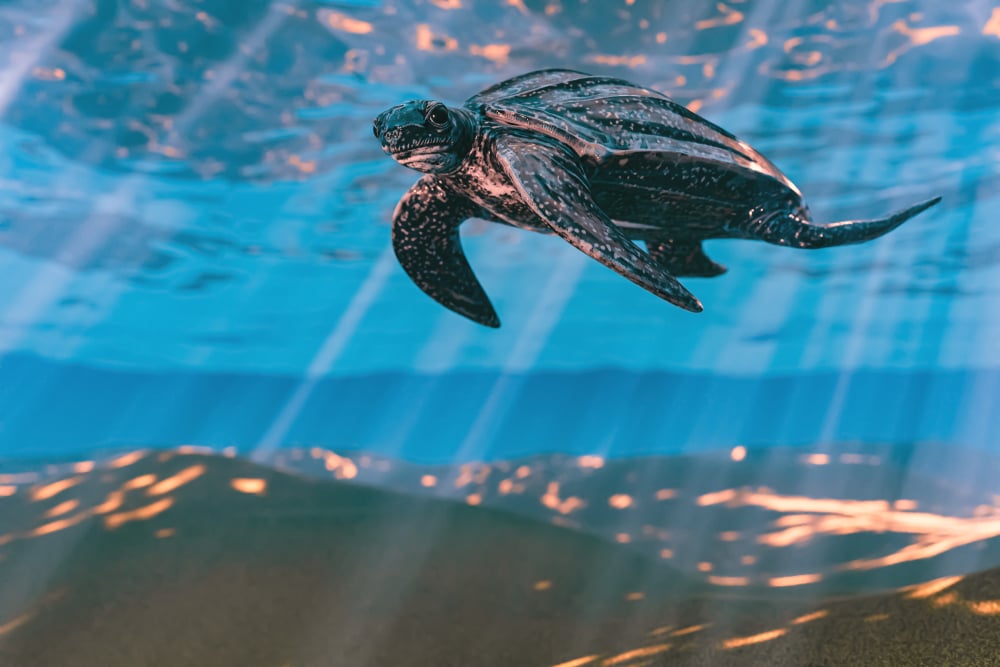
Protection of their vulnerable body may seem like the primary reason these creatures evolved to grow shells, but scientists think otherwise. Evolutionary studies suggest that turtles evolved shells to dig more efficiently.
The expansion of their rib cage seems to be what gave them enough support to claw through the sand with their forelimbs.
In fact, scientists have hypothesized that the turtle’s ancestors dug their way from land to sea, thus escaping the great mass extinction era of the Permian/Triassic period.
This illustrates a classic example of exaptation, meaning a trait that was meant to serve one function, but ends up serving another, throughout the course of evolution. Widened ribs that helped turtle ancestors dig now protect them from predators.
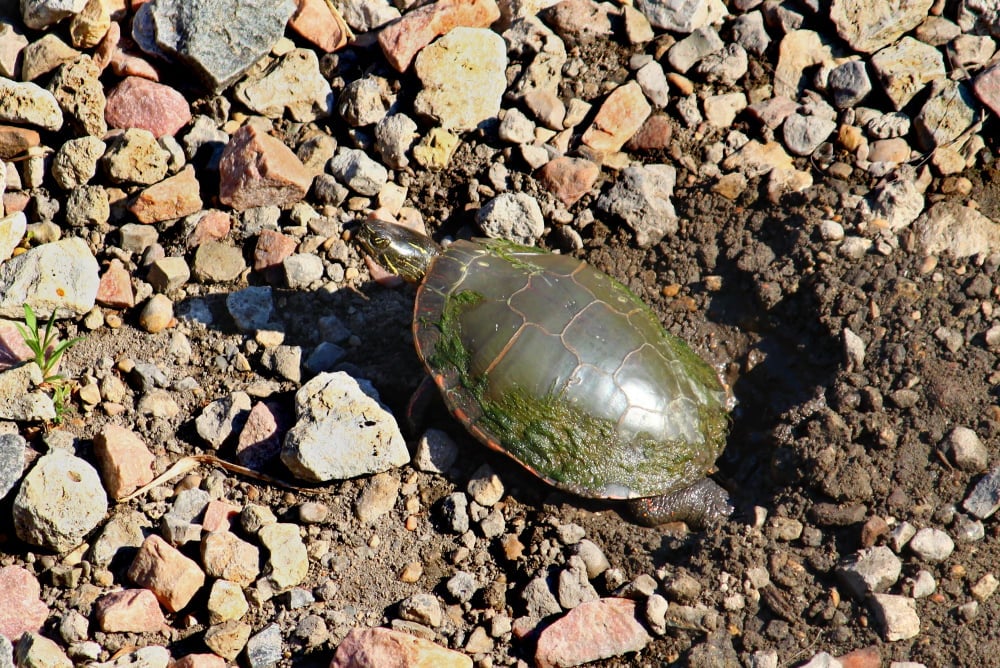
Anatomy Of The Shell
Most people think that the shell comprises only the dome that you see on a turtle’s back, but the shell is made of two parts, and more than 50 dermal bones (more than any other vertebrate order).
The carapace or the upper domed shell, has ribs and back bones, while the plastron, or belly-covering lower shell, has a few ribs joined to a clavicle (equivalent of a collar-bone). A ridge-like bony hinge joins the two parts of the shell, giving the turtle the flexibility to retract itself, and draw out of its shell entirely.

Considering the fact that the shell of tortoises and turtles literally make up their skeleton, fusing their exoskeleton to their ribs and spine, it’s impossible to separate it from their bodies.
Every shell is a tailor-made fit!
In addition to a sturdy, bony shell, turtles and tortoises also have keratin-based scutes. They are responsible for not only giving these creatures their signature shell patterns, but also providing them with an extra layer of protection. Leatherback sea turtles, as their name suggests, have leathery cartilaginous skin in place of scutes.
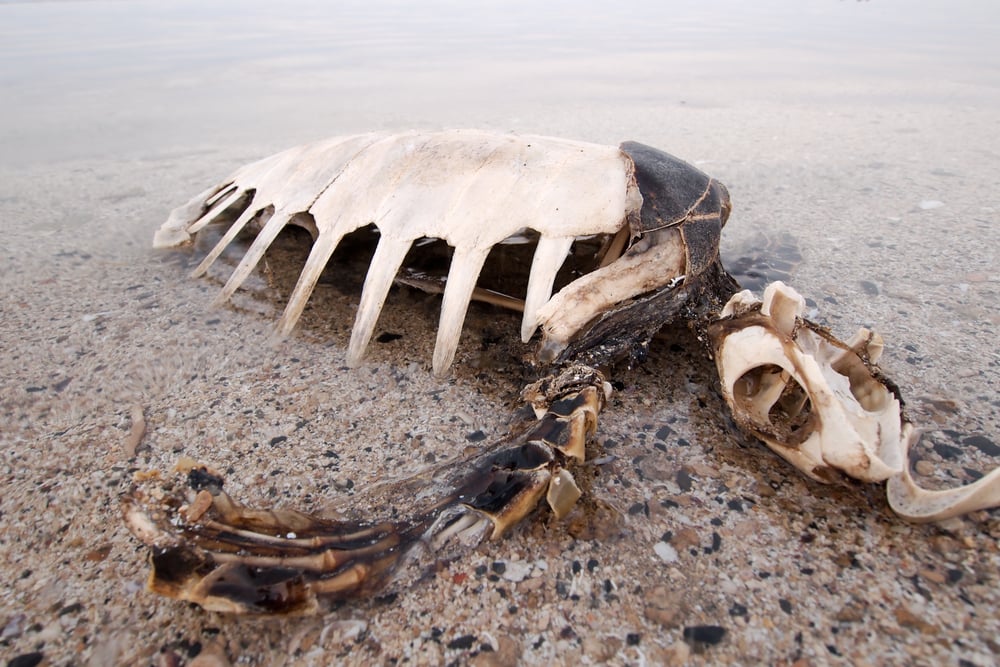
How Do Tortoises’ And Turtles’ Shells Grow?
Turtles and tortoises are born with their shells already on them. As their bodies grow in size, their shell grows proportionally with it. Even though their shell might be a lot softer than the shells of adults, it still gives them some much-needed protection. Slowly, this shell will harden over time as the scutes grow and overlap, thus making it bigger and stronger.
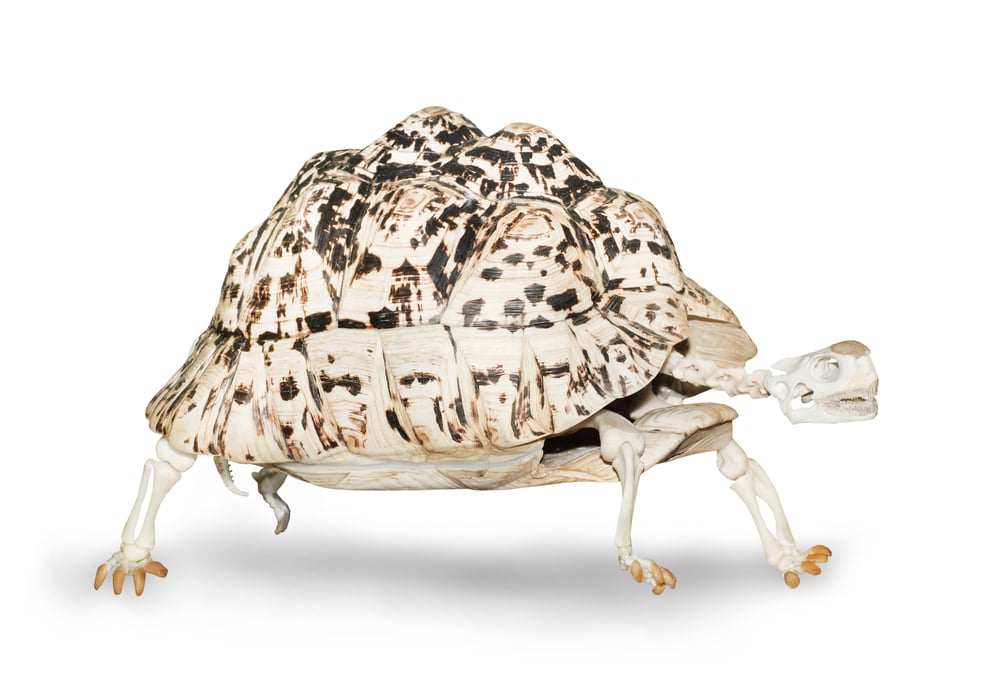
The outer layers of the carapace shell also have nerve endings. Basically, a shell is a lot like skin to tortoises and turtles. Unlike other reptiles, like snakes, frogs and lobsters, tortoises do not molt/shed and regrow their outer layers. Their scutes have the same growth rate as that of their skeletal system. Turtles, however, may shed their scutes from time to time.
Would It Hurt A Tortoise If Its Shell Were To Be Damaged?
A tortoise or turtle would feel excruciating pain if their shell gets broken, similar to the pain you’d feel if you shattered your knee. Holes in the shell, due to deficits of calcium and a lack of sunlight (vitamin D deficiency), can affect the normal growth of a tortoise, rendering it vulnerable to a range of diseases. Since the bone is a living tissue, any compromise to its structure can open it up to bacterial, fungal or viral infections. This will further compromise the other living systems of the animal.
The good news, however, is that the shell can heal over time, but it’s always better if it can be immediately treated.
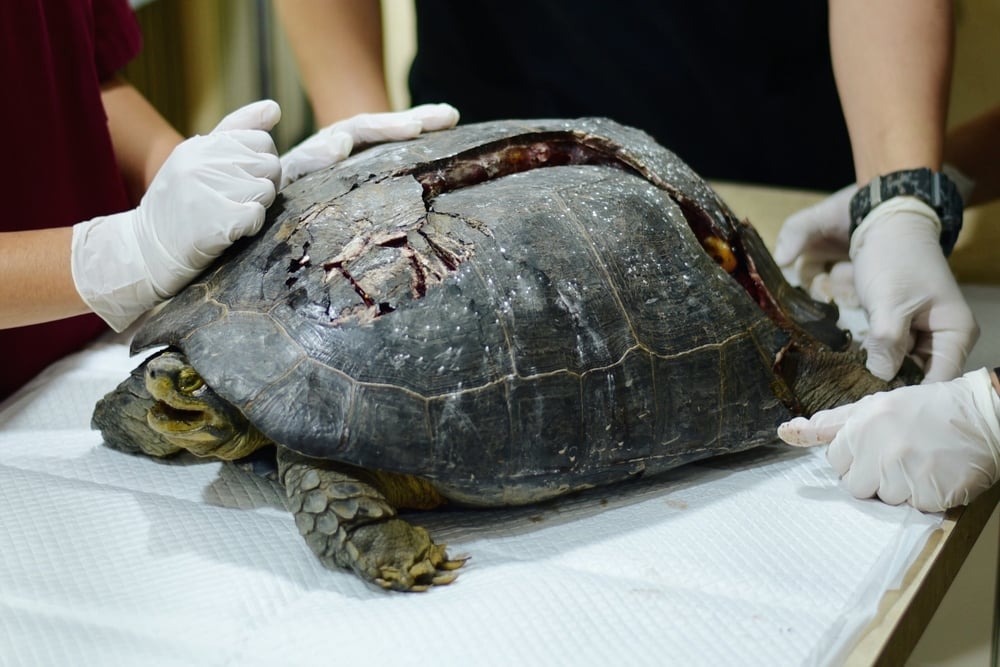
A Final Word
Turtles and tortoises went through a great deal of evolution to grow a shell that fits all their needs. As one of the oldest animals to walk the earth, they have shown resistance and intelligence that has allowed them to thrive for millions of years. None of this would have been possible without their shells.
So, the next time you see a turtle or tortoise in its shell, leave it alone! Remember, their bodies are fused with their shells, and once they retract themselves and go into hiding, the shells cannot be pried open without physically hurting the animal.
References (click to expand)
- Schoch, R. R., Klein, N., Scheyer, T. M., & Sues, H.-D. (2019, July 18). Microanatomy of the stem-turtle Pappochelys rosinae indicates a predominantly fossorial mode of life and clarifies early steps in the evolution of the shell. Scientific Reports. Springer Science and Business Media LLC.
- Benton, M. J., Forth, J., & Langer, M. C. (2014, January). Models for the Rise of the Dinosaurs. Current Biology. Elsevier BV.
- Xu, M., & An, B. (2020, December). Dynamic crack propagation in the turtle carapace. Mechanics of Materials. Elsevier BV.
- (2017) Researchers discover real reason why turtles have shells. Phys.org
- Rothschild, B. M., Schultze, H.-P., & Pellegrini, R. (2012, September 1). Osseous and Other Hard Tissue Pathologies in Turtles and Abnormalities of Mineral Deposition. Vertebrate Paleobiology and Paleoanthropology. Springer Netherlands.
- Rosenberg, M. E. (1986, March). Carapace and plastron sensitivity to touch and vibration in the tortoise (Testudo hermanni and T. graeca). Journal of Zoology. Wiley.
- Gilbert, S. F., Loredo, G. A., Brukman, A., & Burke, A. C. (2001, March). Morphogenesis of the turtle shell: the development of a novel structure in tetrapod evolution. Evolution and Development. Wiley.
- Achrai, B., & Wagner, H. D. (2017, September). The turtle carapace as an optimized multi-scale biological composite armor – A review. Journal of the Mechanical Behavior of Biomedical Materials. Elsevier BV.
- Gilbert, S. F., Bender, G., Betters, E., Yin, M., & Cebra-Thomas, J. A. (2007, June 27). The contribution of neural crest cells to the nuchal bone and plastron of the turtle shell. Integrative and Comparative Biology. Oxford University Press (OUP).
- Innis, C. (1994, January). Considerations in Formulating Captive Tortoise Diets. Bulletin of the Association of Reptilian and Amphibian Veterinarians. Association of Reptilian and Amphibian Veterinarians (ARAV).

